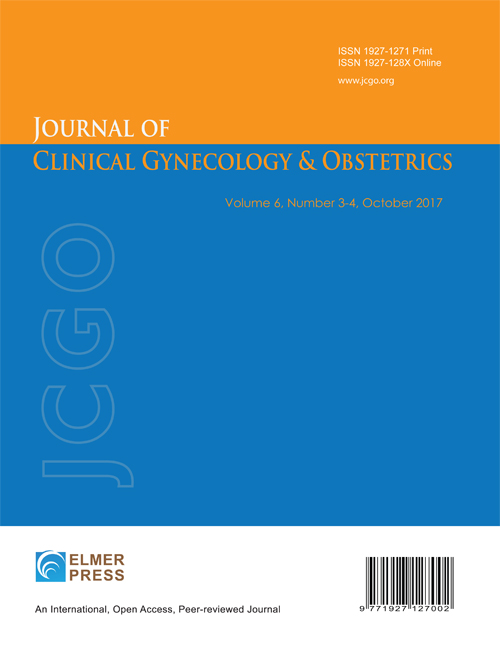Intrapartum Terbutaline Use and Cesarean Delivery for Labor Dystocia
DOI:
https://doi.org/10.14740/jcgo1527Keywords:
Labor management, Terbutaline, Labor dystocia, Fetal distress, Induction of labor, Arrest of labor, Cesarean delivery rate, Cesarean deliveryAbstract
Background: Terbutaline, a β2-adrenergic agonist used to inhibit uterine contractions, is often used to treat fetal heart rate abnormalities, but whether its use increases the risk of labor dystocia remains understudied. Therefore, we sought to assess the association between intrapartum terbutaline use and cesarean delivery (CD) for labor dystocia.
Methods: We performed a secondary analysis of a single-center prospective cohort study of patients undergoing induction of labor (IOL) at an urban academic hospital from 2013 to 2015. Participants were singleton, full term with intact membranes, and Bishop score of ≤ 6 and dilation ≤ 2 cm undergoing IOL for any indication. Patients with prior CD were excluded. Patients who received terbutaline at any time during their IOL were compared to patients who did not receive terbutaline. The primary outcome was CD due to labor dystocia (defined as failed IOL, arrest of dilation, or arrest of descent).
Results: Of 844 patients, 161 (19%) received terbutaline and 683 (81%) did not. Though the overall rate of CD was higher in the terbutaline group (51% exposed vs. 24% unexposed, P < 0.001), this was primarily driven by CD for fetal distress (26% exposed vs. 4% unexposed, P < 0.001). There was no difference in CD for labor dystocia (24.8% exposed vs. 19.5% unexposed, P = 0.13). Latent phase of labor was longer in the terbutaline group (11.8 h exposed vs. 10.4 h unexposed, P = 0.02), whereas the active phase and second stage of labor were similar between groups.
Conclusion: Terbutaline use during labor was not associated with a statistically significant higher risk of CD due to labor dystocia among patients undergoing term IOL.

Published
Issue
Section
License
Copyright (c) 2025 The authors

This work is licensed under a Creative Commons Attribution-NonCommercial 4.0 International License.






